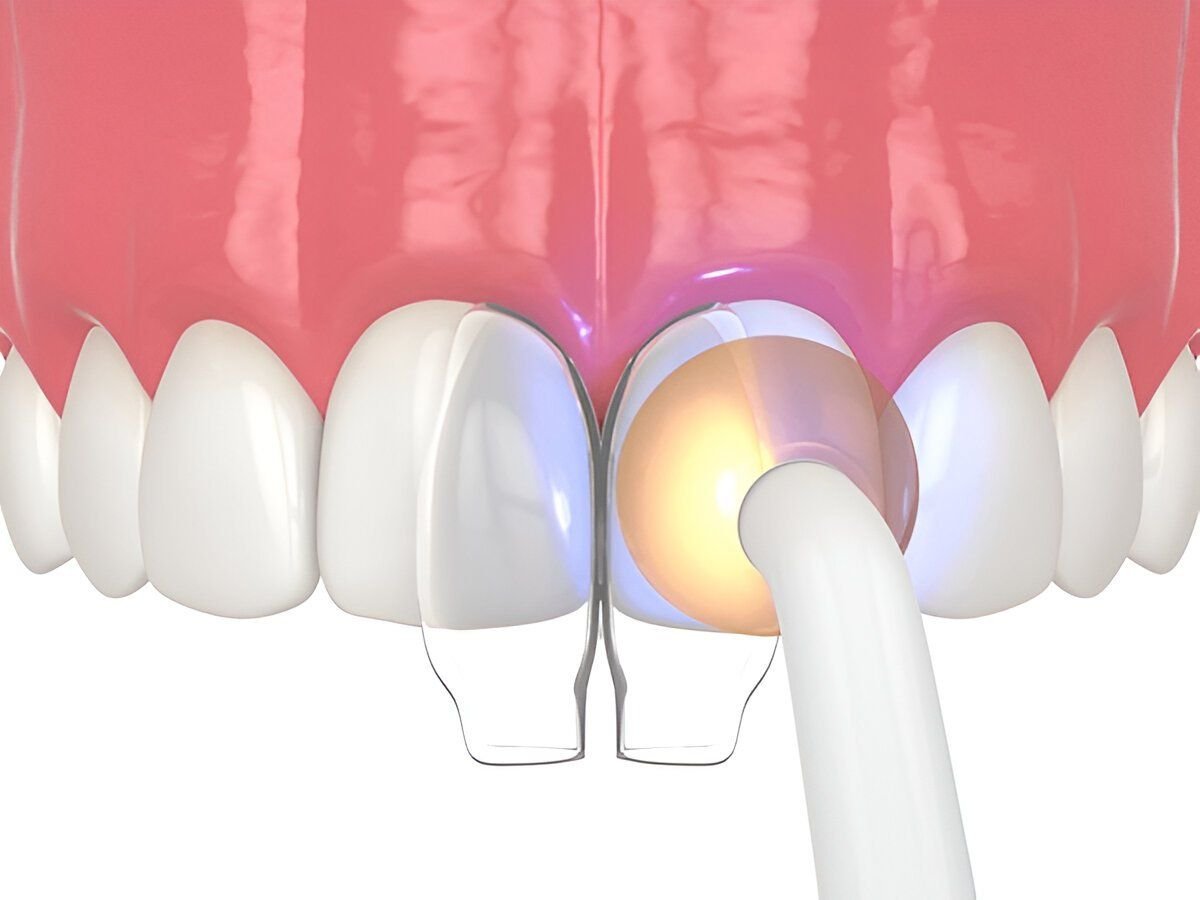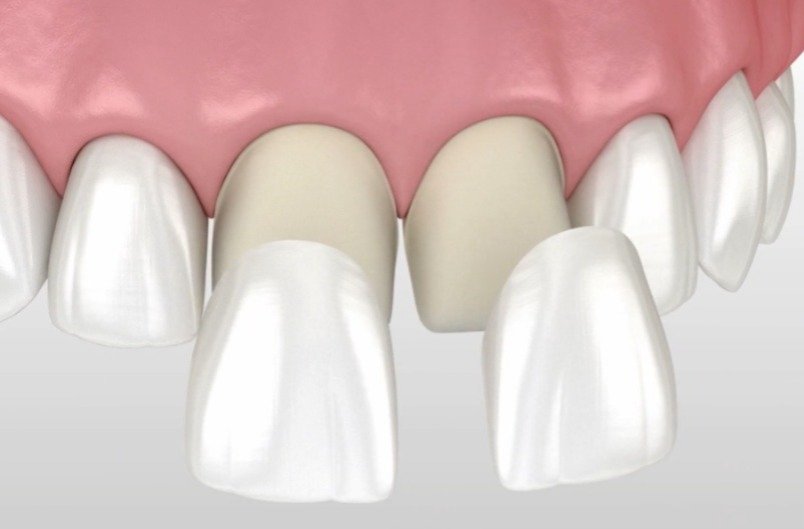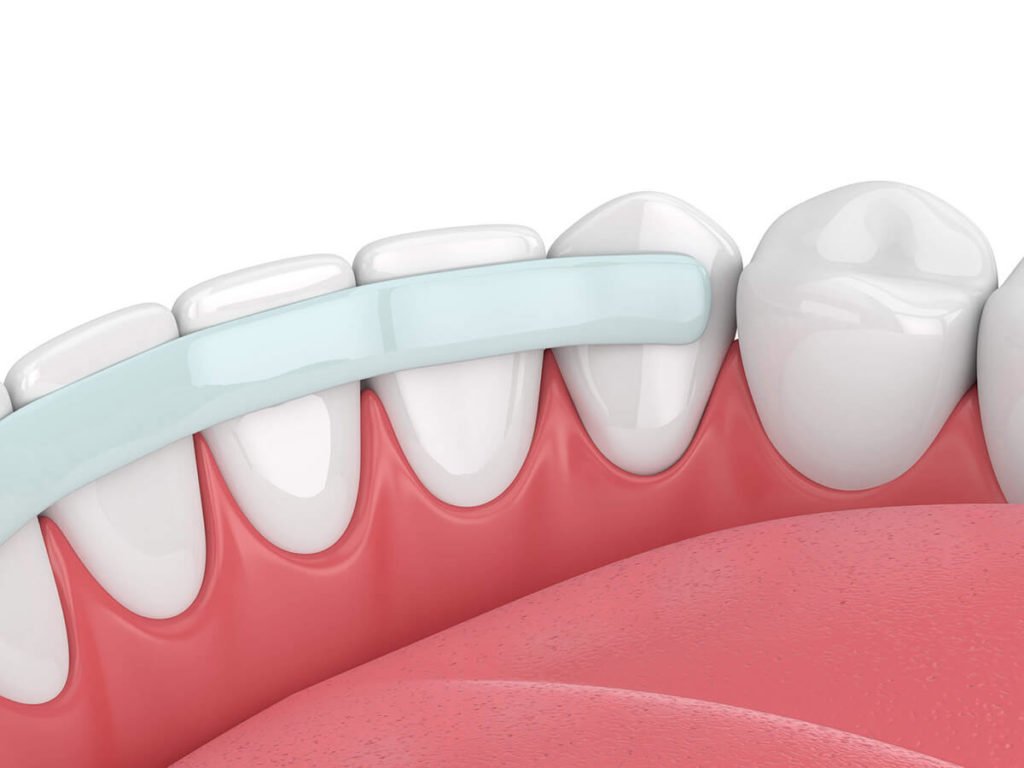Blog
Stay informed with the latest in dental health, treatment advancements, and expert tips from Al Safwa Medical Center in Abu Dhabi. Our blog is your go-to resource for maintaining a healthy, radiant smile.

Teeth Bonding Explained: Affordable Smile Enhancement
A confident smile can change how people see you and how you see yourself. Yet many adults hesitate to correct chipped, discolored, or uneven teeth because they assume every cosmetic dental treatment is expensive or invasive. Dental bonding, also known as teeth bonding or composite bonding, offers a clinically proven, minimally invasive, and cost-effective alternative to veneers or crowns for patients seeking visible improvement in a single visit.
At Al Safwa Medical Center in Bani Yas, Abu Dhabi, our cosmetic dentists perform hundreds of bonding procedures each year, combining precision artistry with durable composite materials to restore both function and aesthetics.
What is dental bonding and how does it work?

Dental bonding involves applying a composite resin that matches your natural enamel color to reshape or repair teeth. The resin chemically adheres to the tooth surface, forming a strong, lifelike restoration.
The process is painless and typically completed in one session, with no anesthesia unless minor decay or structural damage is present.
Clinical steps at Al Safwa Medical Center
- Tooth preparation: The dentist gently roughens the enamel surface and applies a conditioning gel to improve adhesion.
- Resin application: A high-quality composite resin (often nanohybrid or microfilled) is selected and sculpted layer by layer to mimic the tooth’s contour.
- Light curing: Each layer is hardened using a curing light to ensure polymerization and mechanical strength.
- Finishing and polishing: The bonded surface is shaped and polished to achieve a seamless, natural gloss.
This step-by-step technique allows our specialists, including Dr. Mohammed Dalloul and Dr. Rahul Patel, to precisely correct defects while preserving healthy enamel.
What problems can teeth bonding fix?
Dental bonding is a versatile treatment used in both cosmetic and restorative dentistry. At Al Safwa Medical Center, it is indicated for:
- Repairing chipped or cracked teeth
- Closing small gaps (diastema) between teeth
- Masking tooth discoloration or intrinsic staining
- Reshaping irregular or short teeth
- Protecting exposed tooth roots caused by gum recession
- Temporary restoration before advanced treatments like veneers or crowns
When applied with precision layering, bonding can improve both smile symmetry and bite alignment, especially for minor anterior corrections.
How long does dental bonding last?
The longevity of a bonding restoration depends on several clinical and behavioral factors:
- Material quality: We use advanced nanohybrid composites known for superior polish retention and stain resistance.
- Location of the bonded tooth: Front-tooth bonding typically lasts 5–8 years, while posterior applications may wear faster.
- Oral habits: Nail-biting, ice-chewing, or teeth-grinding (bruxism) can shorten lifespan.
- Maintenance: Professional cleanings and periodic polishing at Al Safwa Medical Center can significantly extend durability.
When combined with regular hygiene and preventive care, most patients enjoy long-term esthetic stability without recurring sensitivity.
Is teeth bonding the same as veneers?

No. Although both aim to enhance smile appearance, they differ in material, preparation, and longevity.
| Feature | Dental Bonding | Porcelain Veneers (Emax) |
| Material | Composite resin | Porcelain ceramic |
| Tooth reduction | Minimal or none | Requires slight enamel removal |
| Procedure time | Single visit | Two or more visits |
| Durability | 5–8 years | 10–15 years |
| Repairability | Easily repaired | Replacement often needed |
Patients seeking quick, reversible improvements often choose bonding, while those desiring maximum durability and color stability may opt for veneers both available at Al Safwa’s cosmetic dentistry department.
How to prepare for your dental bonding procedure
Preparing for bonding is straightforward, but pre-treatment assessment is essential.
- Clinical examination: The dentist evaluates enamel integrity and bite alignment.
- Shade selection: A shade guide ensures resin color blends naturally with adjacent teeth.
- Treatment planning: If multiple cosmetic concerns exist, bonding may be integrated into a broader smile-design plan involving whitening or orthodontics.
- Pre-cleaning: Scaling or polishing before the appointment improves resin adhesion.
Al Safwa Medical Center’s specialists often combine bonding with teeth whitening or orthodontic alignment (e.g., Invisalign) for holistic esthetic correction.
Does teeth bonding hurt or require anesthesia?
No, bonding is generally painless. Since it does not involve enamel removal or nerve exposure, local anesthesia is rarely necessary.
Patients with pre-existing sensitivity or minor decay may require minimal numbing. After treatment, mild pressure sensitivity can occur for 24–48 hours, manageable with over-the-counter analgesics.
Clinical cases at Al Safwa show that over 95% of bonding patients report no discomfort during or after the session.
Advantages of composite bonding for smile enhancement
- Cost-effective compared with veneers or crowns
- Immediate results in a single appointment
- Conservative approach preserving natural enamel
- Customizable shades and shapes for natural appearance
- Reversible and repairable without extensive drilling
- Compatible with other cosmetic treatments such as whitening or contouring
Because of these attributes, composite bonding is widely recognized as one of the most versatile and minimally invasive smile-enhancement solutions.
How to maintain your bonded teeth
Longevity depends on proper care and periodic review. Our hygienists at Al Safwa Medical Center recommend the following maintenance protocol:
- Brush twice daily using non-abrasive fluoride toothpaste.
- Avoid hard foods (ice, nutshells, pens) and habits like nail-biting.
- Schedule biannual cleanings and professional polishing to prevent resin dullness.
- Limit staining substances such as coffee, tea, and tobacco.
- Consider a nightguard if diagnosed with bruxism.
Following these steps can help bonded teeth maintain their color and luster for many years.
What are the risks or limitations of teeth bonding?
Though safe and minimally invasive, bonding has certain limitations:
- Staining potential: Composite resin is slightly more porous than porcelain, so long-term smokers or heavy coffee drinkers may experience discoloration.
- Surface wear: The resin may chip if subjected to excessive force.
- Color mismatch: Over time, natural enamel may change shade, creating contrast.
At Al Safwa Medical Center, periodic touch-ups and professional polishing eliminate most of these issues without replacing the restoration.
When is dental bonding not recommended?
Bonding may not be ideal for:
- Large fractures or extensive decay requiring full-coverage restorations
- Patients with severe malocclusion or grinding habits
- Posterior teeth under high chewing pressure
In such cases, our dentists may recommend ceramic veneers, onlays, or crowns fabricated from Emax or zirconia for optimal strength.
Can teeth bonding be combined with other treatments?

Yes. Bonding often serves as part of multidisciplinary cosmetic planning. At Al Safwa Medical Center, we frequently integrate bonding with:
- Teeth whitening to harmonize shades before resin placement
- Orthodontics (Invisalign or braces) for alignment followed by shape correction
- Gum contouring or periodonal therapy for balanced gingival margins
- Implant restorations to complement overall smile design
Such combined procedures produce comprehensive esthetic rehabilitation without surgical intervention.
Is teeth bonding safe for children or teenagers?
Yes, in specific cases. Pediatric or adolescent bonding is performed to repair fractured edges, congenital hypoplasia, or discoloration after trauma.
Because it preserves enamel and can be replaced as the child grows, bonding is an ideal interim solution.
At Al Safwa’s pediatric dentistry department, dentists use BPA-free resins to ensure safety and biocompatibility.
Comparing dental bonding to crowns and implants
Bonding, crowns, and implants address different clinical needs.
| Indication | Bonding | Crown | Implant |
| Type | Cosmetic/restorative | Structural replacement | Full tooth replacement |
| Invasiveness | Minimal | Moderate | Surgical |
| Longevity | 5–8 years | 10–15 years | 15–25 years |
| Cost | Low | Medium | High |
Patients with intact roots but surface imperfections benefit most from bonding, while missing teeth may require implants or bridges, both available at Al Safwa.
What makes Al Safwa Medical Center the right choice for bonding in Abu Dhabi?
- Experienced multidisciplinary dental team
- Use of nanocomposite systems and digital shade-matching
- Pain-free procedures in a sterile, modern environment
- Convenient Bani Yas location with extended evening hours
- Proven 4.9 / 5 patient rating based on verified reviews
From cosmetic bonding to full-mouth rehabilitation, our clinicians ensure precision, comfort, and aesthetic harmony.
Teeth bonding provides a precise, minimally invasive, and affordable option for restoring smile aesthetics and function. At Al Safwa Medical Center, each bonding procedure is tailored to the patient’s enamel shade, tooth anatomy, and cosmetic expectations using clinically tested materials.
To learn more about our dental specialties or schedule an evaluation, visit https://alsafwamedical.ae/contact-us/.
0 Comments